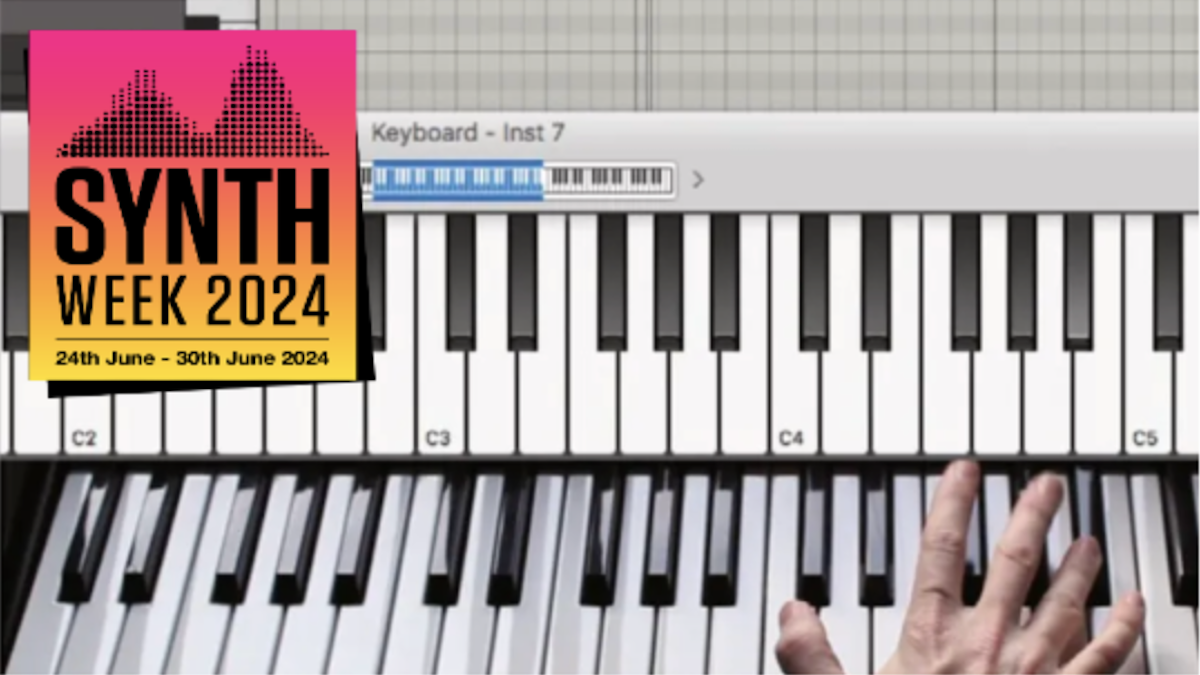How to play mono synth properly: all the skills you need to master
Playing a mono synth demands a different technique to conventional keyboard playing. Here's how...

SYNTH WEEK 2024: As we celebrate Synth Week 2024, we're looking at the mono synth, and the different playing techniques it requires.
Although basic competency on the piano is key, playing synths demands the adoption of one or two extra techniques you won’t be able to practise on the piano.
For now, we’ll address one of the main differences between synths and the piano – the fact that some synth sounds are monophonic.
This means they’re only able to play one note at once, and this in turn means there’s a range of techniques you can adopt when putting together a rip-roaring synth solo or a funky synth bassline.
How they work depends on how the synth sound you’re currently playing has been set up – whether or not the amplitude envelope retriggers whenever you play a new note, for instance, or whether or not portamento (glide) has been enabled. You can make monophonic sounds respond differently in subtle ways.
- The best digital pianos for beginners: start playing in style
- Or check out our guide to the best digital pianos for all budgets
In our video example above, we’re using a typical 80s Rock Saw preset to solo over a backing track, using notes from the C minor blues scale (C, Eb, F, F#, G, Bb, C). First our notes are played distinctly, separated out so that each has its own attack portion – each note retriggers the synth’s amplitude envelope. There are gaps between each note, and no overlap. This means that portamento won’t have any effect, as the notes must overlap to work.
If you play the part legato, by running the note lengths together so that the end of each note overlaps the start of the note that follows, the synth’s amplitude envelope is only triggered at the start of the first note. This results in a smoother sequence – great when you dial in portamento (or glide) for extra ‘slidiness’.
This means that rather than playing short notes on the C each time, you can make things easier by simply holding down the C key and playing all the other notes in the part. When you release each note, the C resumes. This is great for playing fast trills more easily, as you only need to move one finger instead of two. Enjoy that mono synth playing technique!

Get the MusicRadar Newsletter
Want all the hottest music and gear news, reviews, deals, features and more, direct to your inbox? Sign up here.


Who Wants To Live Forever? The composer still creating music from beyond the grave
“How daring to have a long intro before he’s even singing. It’s like psychedelic Mozart”: With The Rose Of Laura Nyro, Elton John and Brandi Carlile are paying tribute to both a 'forgotten' songwriter and the lost art of the long song intro










